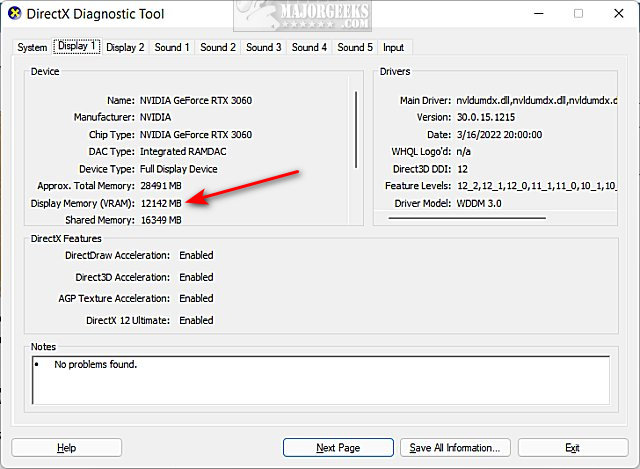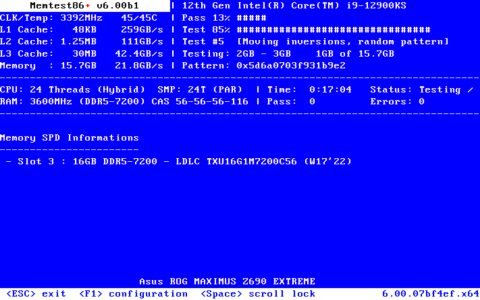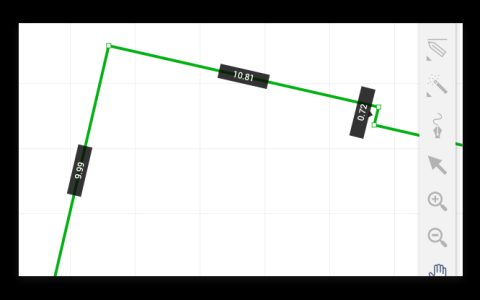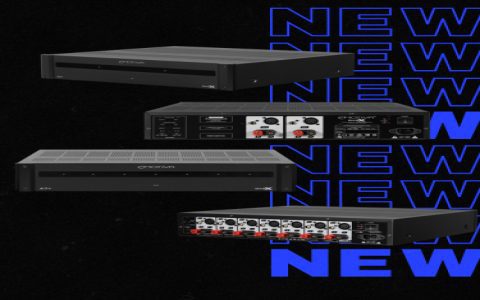Monitoring VRAM (Video RAM) usage is crucial for gamers, creators, and professionals to prevent performance bottlenecks, crashes, or understand if an upgrade is necessary. Here are three reliable, free methods:
1. Windows Task Manager (Built-in)
The simplest way requires no extra software:
- Press Ctrl + Shift + Esc to open Task Manager.
- Click the Performance tab.
- Select your dedicated GPU from the sidebar (e.g., NVIDIA, AMD, Intel Arc).
- Locate the "Dedicated GPU memory" section. The "In Use" value shows current VRAM consumption.
Advantages: Immediate access, no installation. Disadvantages: Less detailed historical data and sensor details than specialized tools.
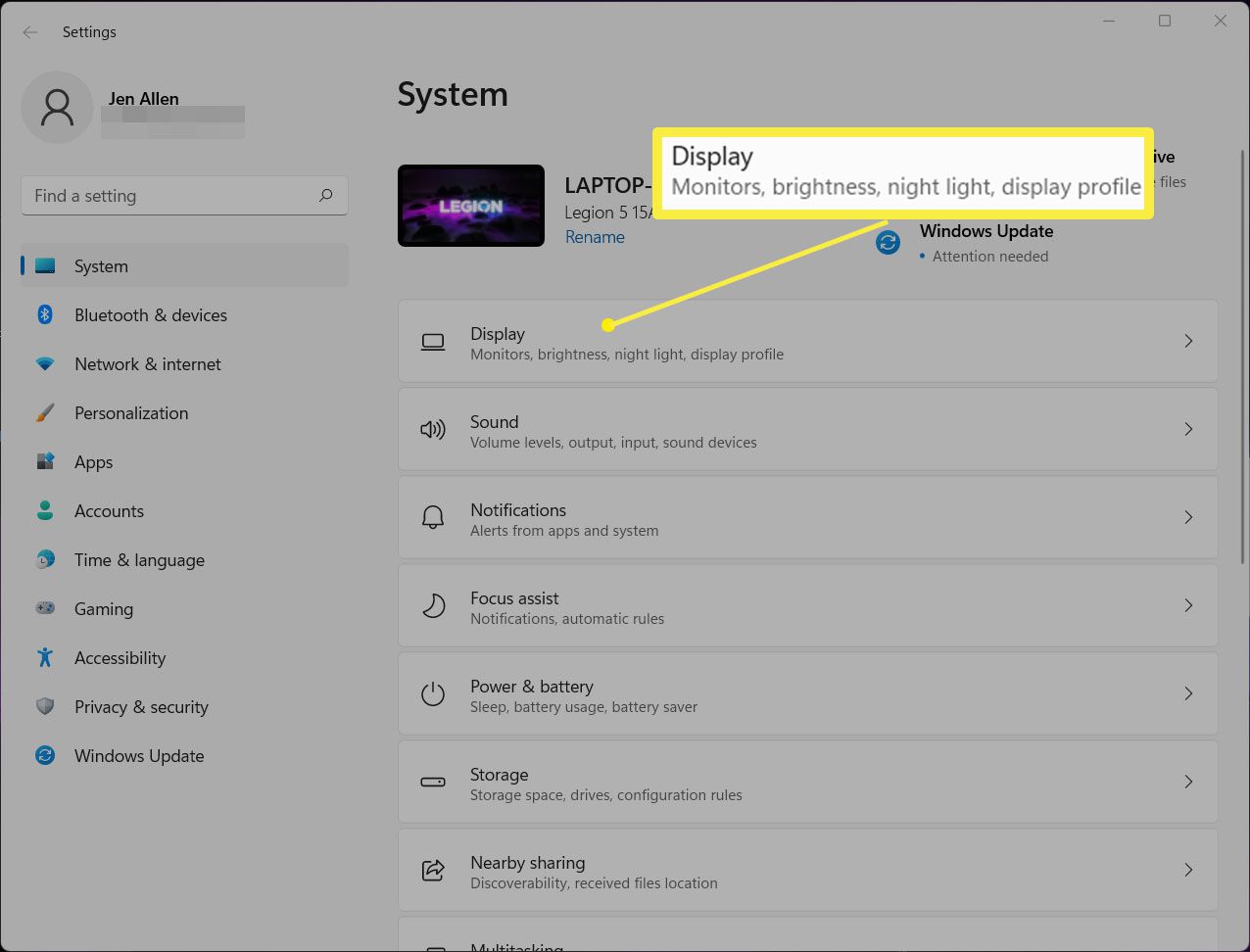
2. GPU-Z
A lightweight tool offering in-depth GPU data:
- Download and run GPU-Z (single executable file available).
- Look under the Sensors tab.
- Find the "Memory Used" or "Dedicated GPU Memory" sensor in the list.
- The value dynamically displays real-time VRAM usage. Clicking it cycles through Min/Max/Avg readings.
Advantages: Lightweight, highly detailed real-time and historical metrics for VRAM and other GPU sensors. Excellent for quick diagnostics.
3. HWiNFO64
A comprehensive system monitoring tool providing exhaustive details:
- Download and run HWiNFO64. Choose "Sensors-only" startup option.
- In the Sensors window, scroll down to the section dedicated to your GPU.
- Find the entry specifically labeled "GPU Memory Utilization", "Dedicated GPU Memory", or similar.
- The "Current" value shows live VRAM usage. HWiNFO also tracks Min/Max/Average.
Advantages: Extremely comprehensive view of VRAM usage in context with all other system sensors (CPU, RAM, temps, clocks, power). Ideal for advanced troubleshooting and monitoring.
Choose Task Manager for a quick check, GPU-Z for focused GPU/VRAM details, or HWiNFO64 for a complete system-level overview.
